Gufa: A Newari tradition of transition and spiritual bond with the sun
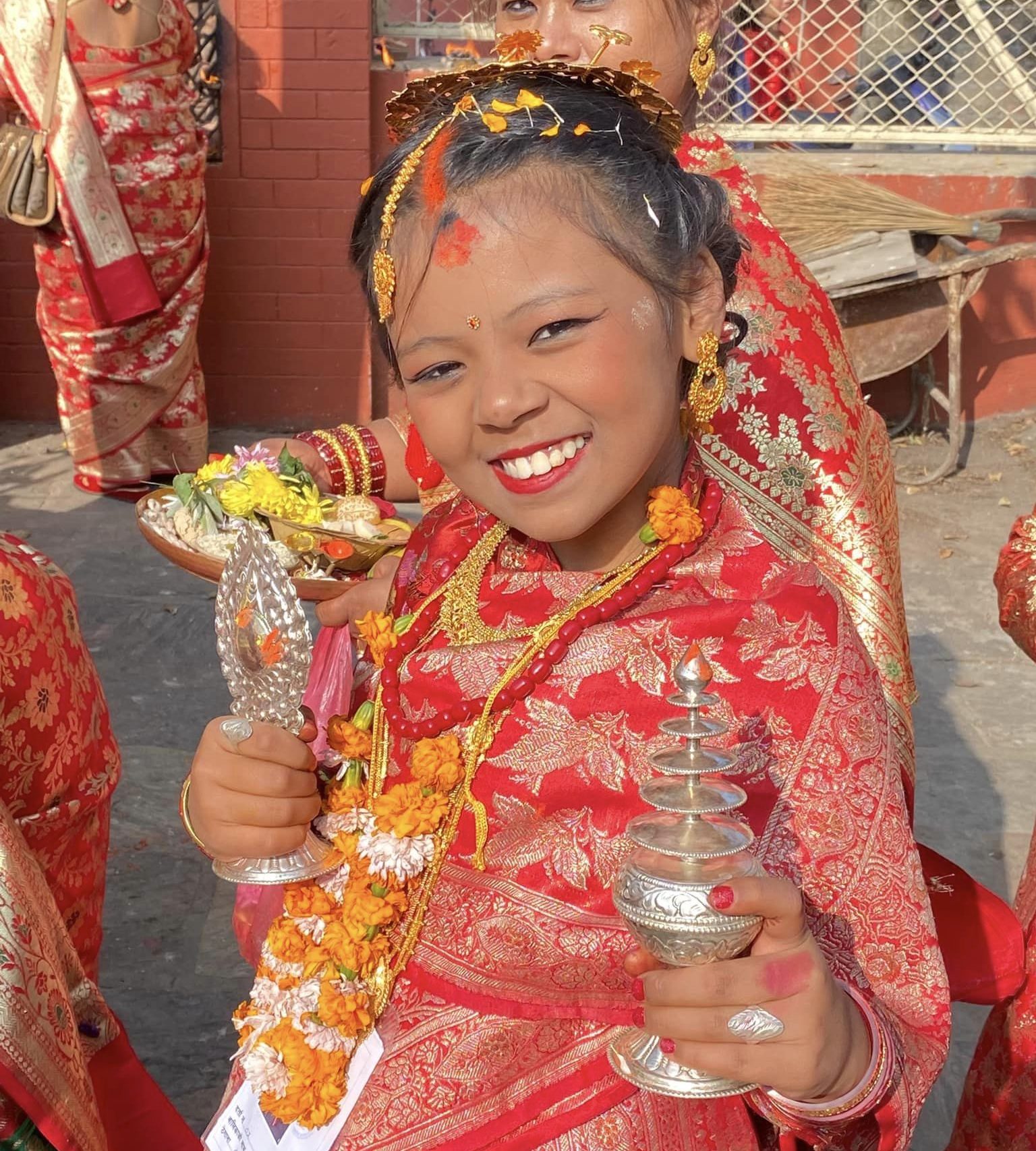
The Newari tradition of Gufa is a significant cultural ceremony in Kathmandu Valley, marking a girl’s transition from childhood to adolescence. This ritual, often referred to as the girl’s marriage to the Sun, is conducted before she begins menstruation and is considered an auspicious milestone in her life.

During the Gufa, the girl resides in a dark room for up to 12 days, secluded from sunlight and male family members, symbolizing a protective bond with the eternal Sun God. The ceremony culminates on the final day, known as Surya Darshan, when the girl, blindfolded, is guided out of the room to see the Sun for the first time, cementing her spiritual marriage. The ritual involves significant roles for family members, including the grandmother, who performs the ceremonial binding, and the maternal uncle, who applies oil to her hair as part of the tradition.
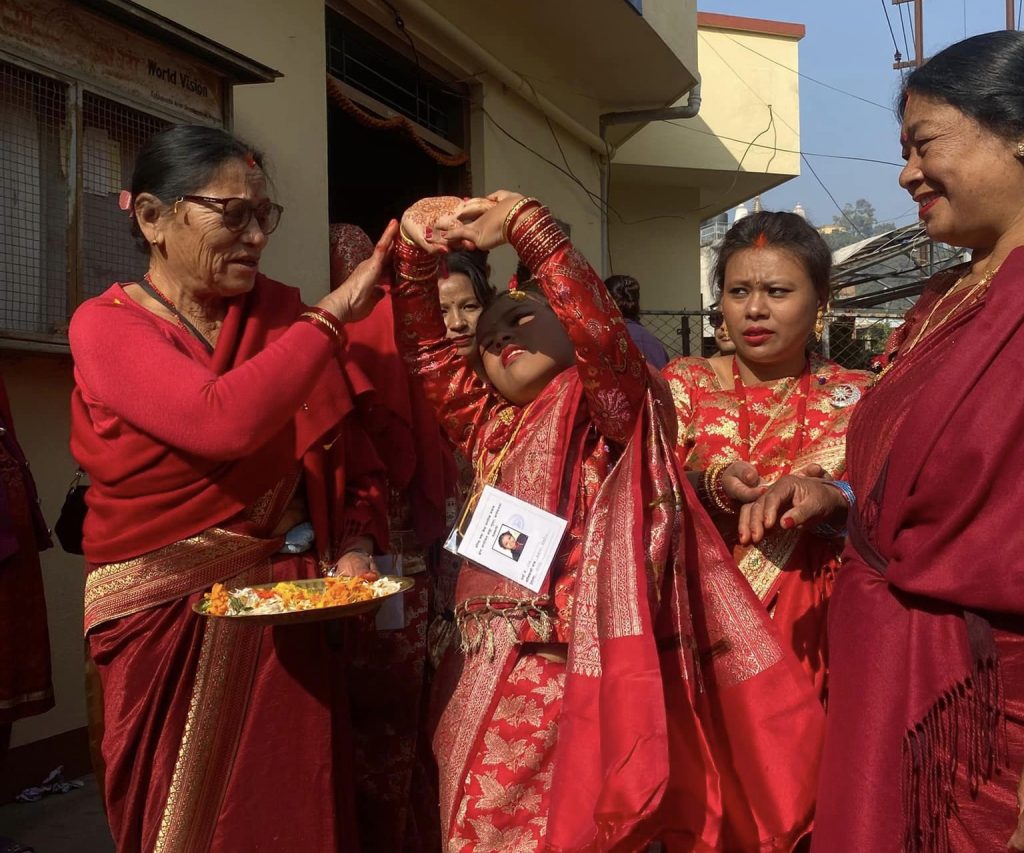
Throughout the seclusion, the girl observes strict rules, such as refraining from applying oil, while offerings are made daily to Bahra Khayak, a doll symbolizing a spirit. Traditionally lasting 12 days, the duration has often been shortened to six due to modern lifestyle constraints and health concerns, as the prolonged isolation in a cold, dark room has occasionally led to adverse outcomes.
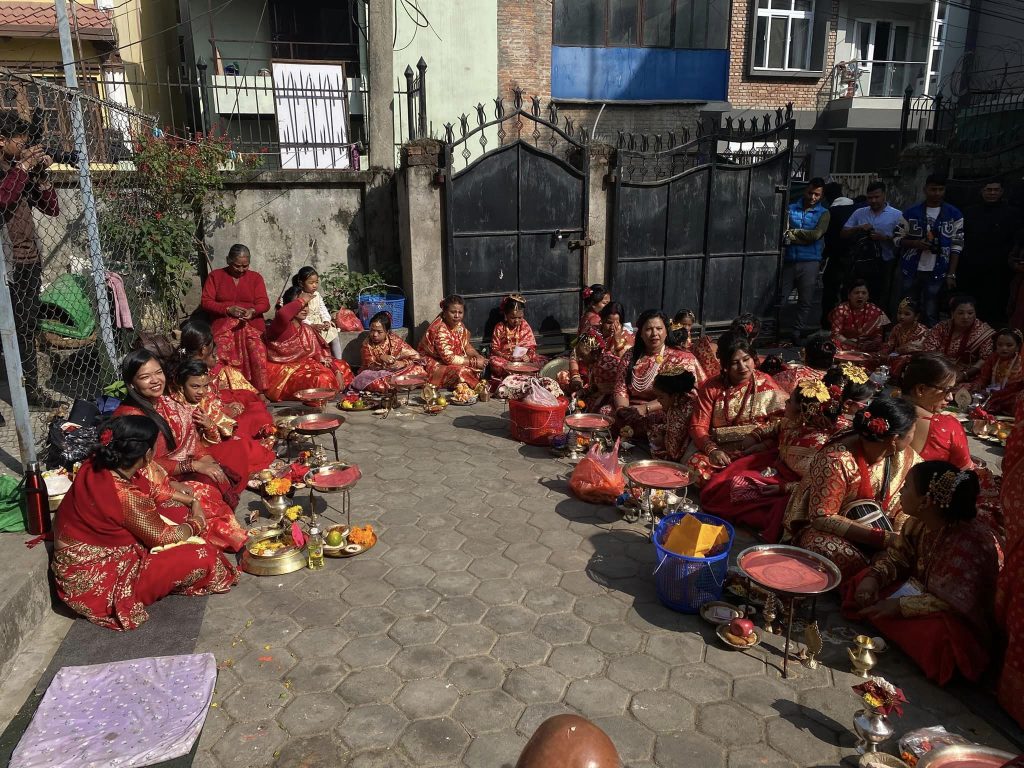
Despite these challenges, families organize grand celebrations following the ritual, blending traditional Sukul Bhoj (meals on mats) with modern buffet-style gatherings to celebrate the girl’s transition. While Gufa continues to be an integral part of Newari culture, evolving lifestyles have prompted adaptations, reflecting a balance between preserving tradition and ensuring the well-being of the girl.
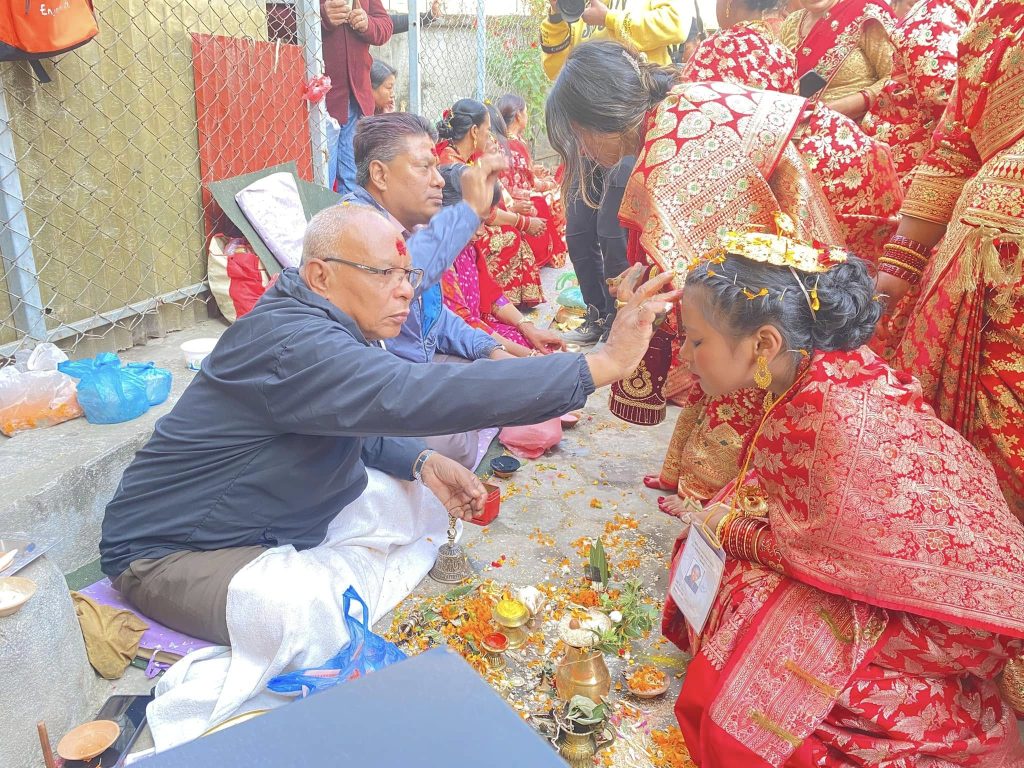
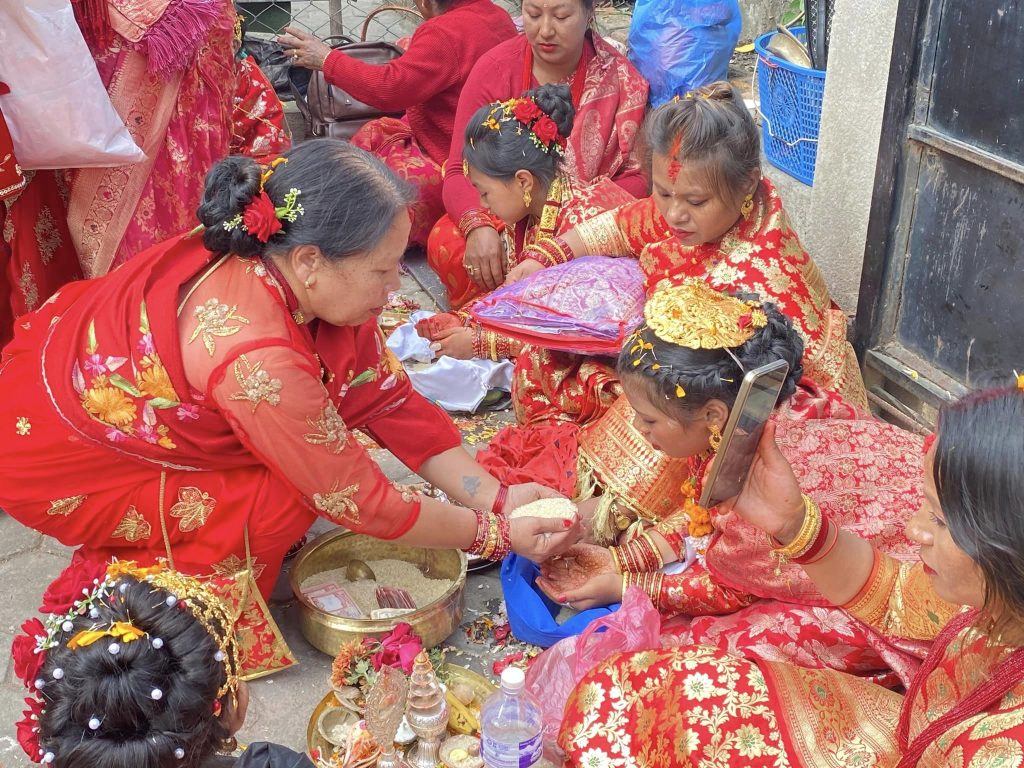

Photo: Rabin Maharjan



